Background
For an affiliate Twitch streamer, the name of the game is keeping viewers engaged with their content. More often than not this goes beyond simply playing a game and providing some interesting commentary. Responding to chat messages, adjusting audio levels, and handling scene transitions - these are all part of a streamers bread and butter. Juggling these tasks effectively creates an engaging viewer experience.
Streamers have several tools at their disposal. The biggest of these is Twitch itself, which distributes the content via it’s online platform, and provides the interface for viewer interaction. Audio/visual tasks are handled by software such as OBS, which is installed locally on the streamer’s PC or laptop.
Streamdecks
While a standard mouse and keyboard are sufficient to use most types of software, there are instances when more specialised hardware can improve user workflow. Two good examples of this are DJ software and CAD software: DJs use rotary controls (jogwheels and potentiometers) to precisely synchronise tracks and adjust the mix, and mechanical designers use 6D mice to easily manipulate parts and assemblies. These tools improve the interface between the user and software by providing more tactile control over some or all of it’s features.
This is the same basic concept behind a Streamdeck, which improves the interface between a streamer and their software tools. The streaming tasks described earlier - responding to chat, adjusting audio, and handling transitions - are all tasks that can be performed with a normal mouse and keyboard, but a Streamdeck compartmentalises all these functions and improves usability as a result.
One of the major players in the Streamdeck market is Elgato, who offer 3 hardware streamdecks - in mini, regular (shown below) and XL flavours - and an app based streamdeck for mobile.
![]() The first prototype
The first prototype
After some browsing on mechboards - a UK based supplier of mechanical keyboards - I discovered the RoMac. The RoMac is a 12 key macro pad (a macro pad is a miniature keyboard with keys tailored for a particular workflow) made from only a handful of components - 2 PCBs, 12 ‘Cherry MX’ style switches, 12 diodes, some fasteners and an Arduino Pro Micro. It is sold as a kit which you assemble yourself using a soldering iron and screwdriver. I purchased a kit and the parts were with me within matter of days.
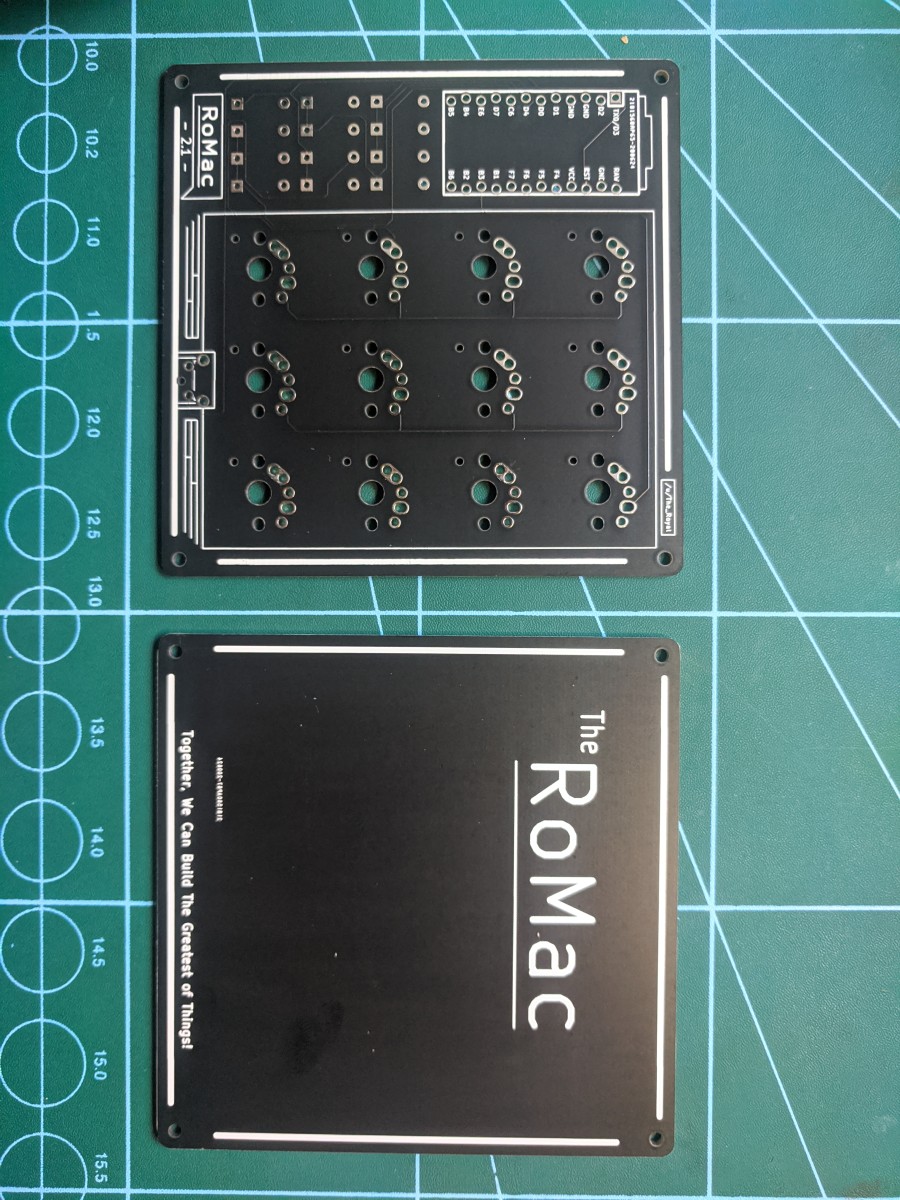
Unfortunately I quickly realised the switches I bought were not of the correct type. As the RoMac does not have a switch panel, the switches needed two additional mounting pegs to provide lateral support. The switches I bought were lacking these pegs. Nevertheless, I soldered the switches on - doing my best to keep them aligned - and the end result wasn’t too bad. Since this was only a prototype I wasn’t too concerned with the keys being a bit wobbly.
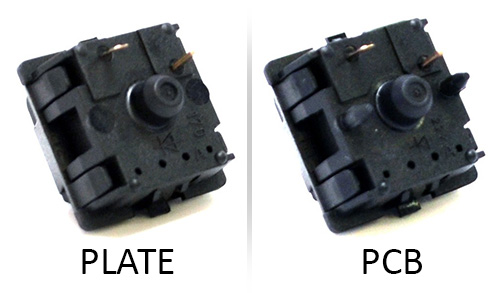
Key caps
I also bought some relegenderable key caps along with the RoMac. These are blank key caps with a transparent cover, allowing you to use your own custom cap designs printed on paper or vinyl. I imported a template from the store page into my preferred vector graphics software - Inkscape - and made a set of custom caps. As a veteran streamer, my friend James was instrumental in helping me decide which icons to use for each cap. To save time I used icons from The Noun Project, which is a great resource for anyone designing user interfaces.
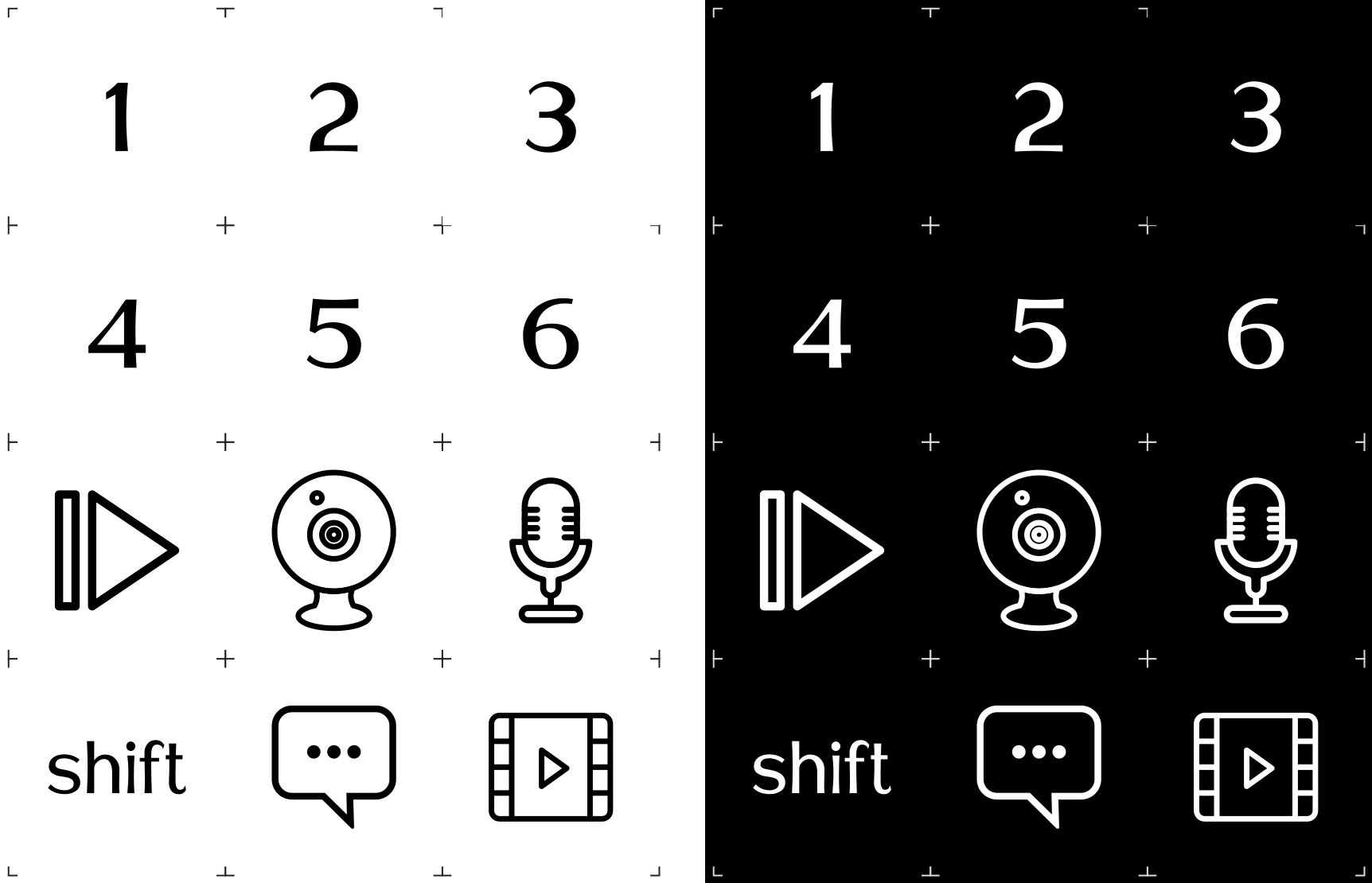
To complement the aesthetics of the RoMac, I chose a ‘dark mode’ colour scheme for the keys. I initially thought this would be expensive to print, but my local print-shop had no qualms printing the design on vinyl. I cut out each symbol using a scalpel and stuck them onto the key caps to complete the build.
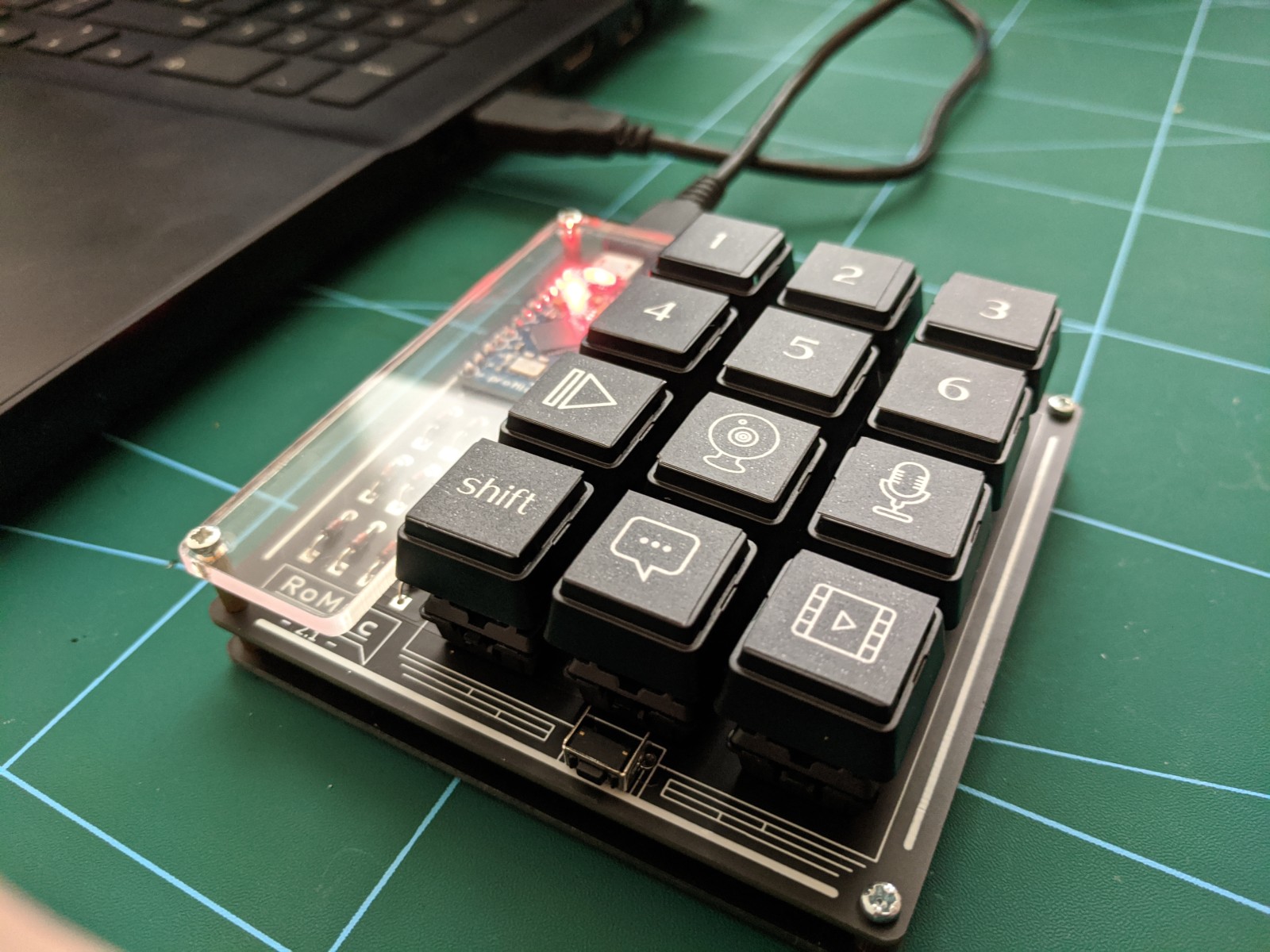
Firmware
The Arduino Pro Micro sold with the RoMac had QMK based firmware pre-installed on it. QMK is an open source project maintained by the custom keyboard community, and has a few key components including an online Configurator. I used the Configurator...
Read more » Patrick Thomas
Patrick Thomas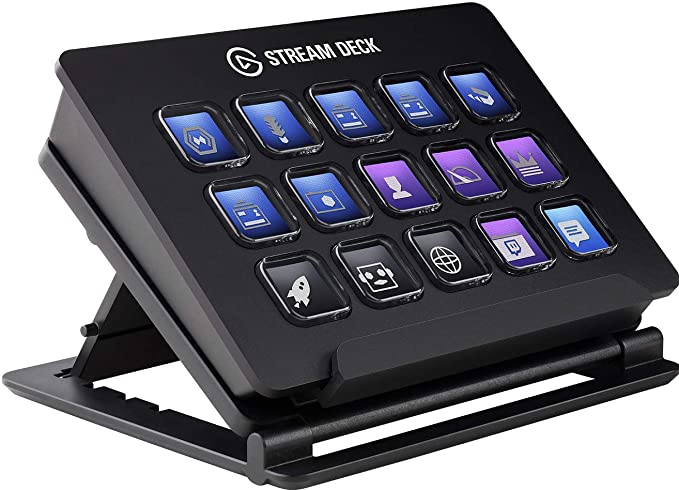 The first prototype
The first prototype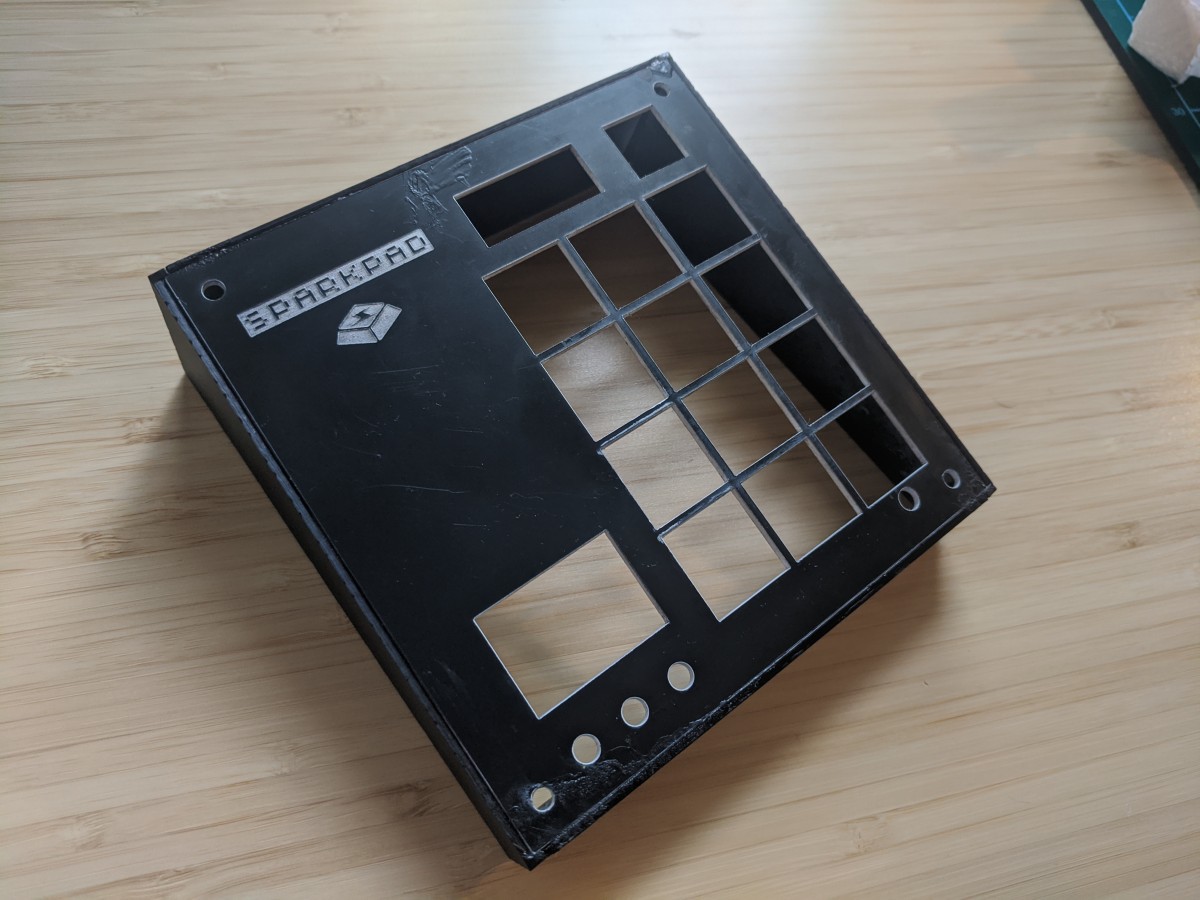

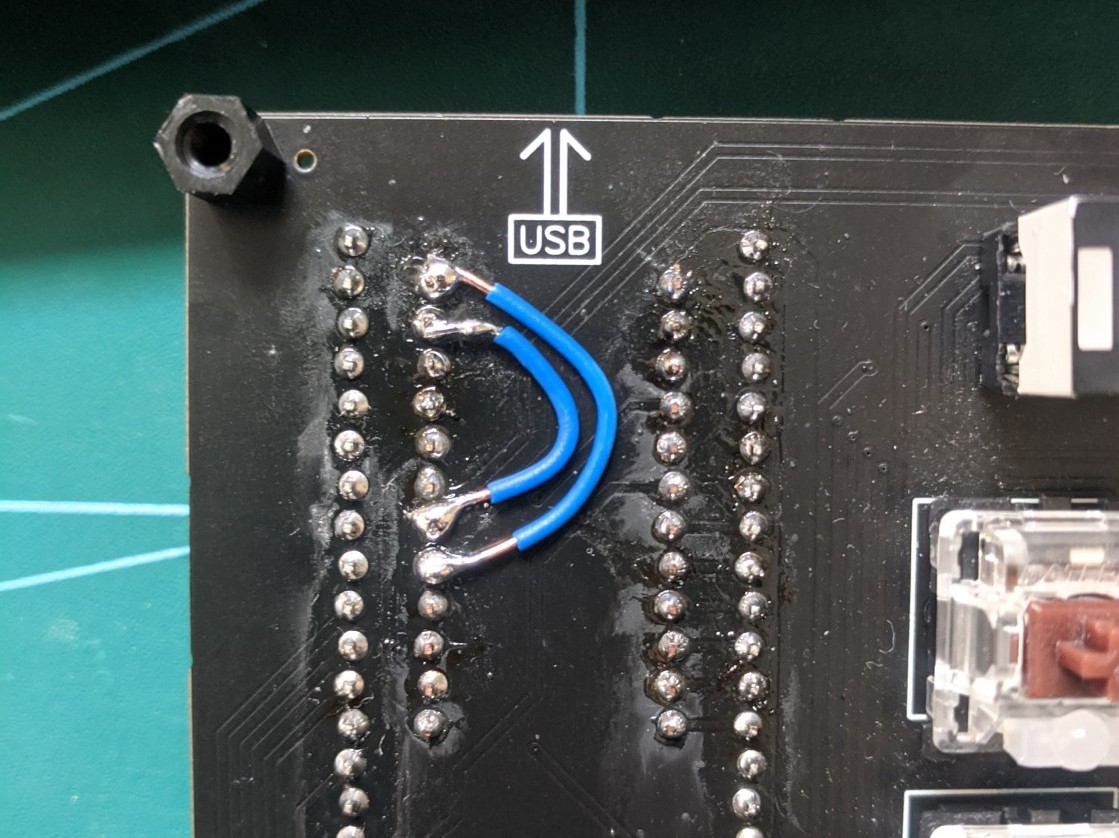
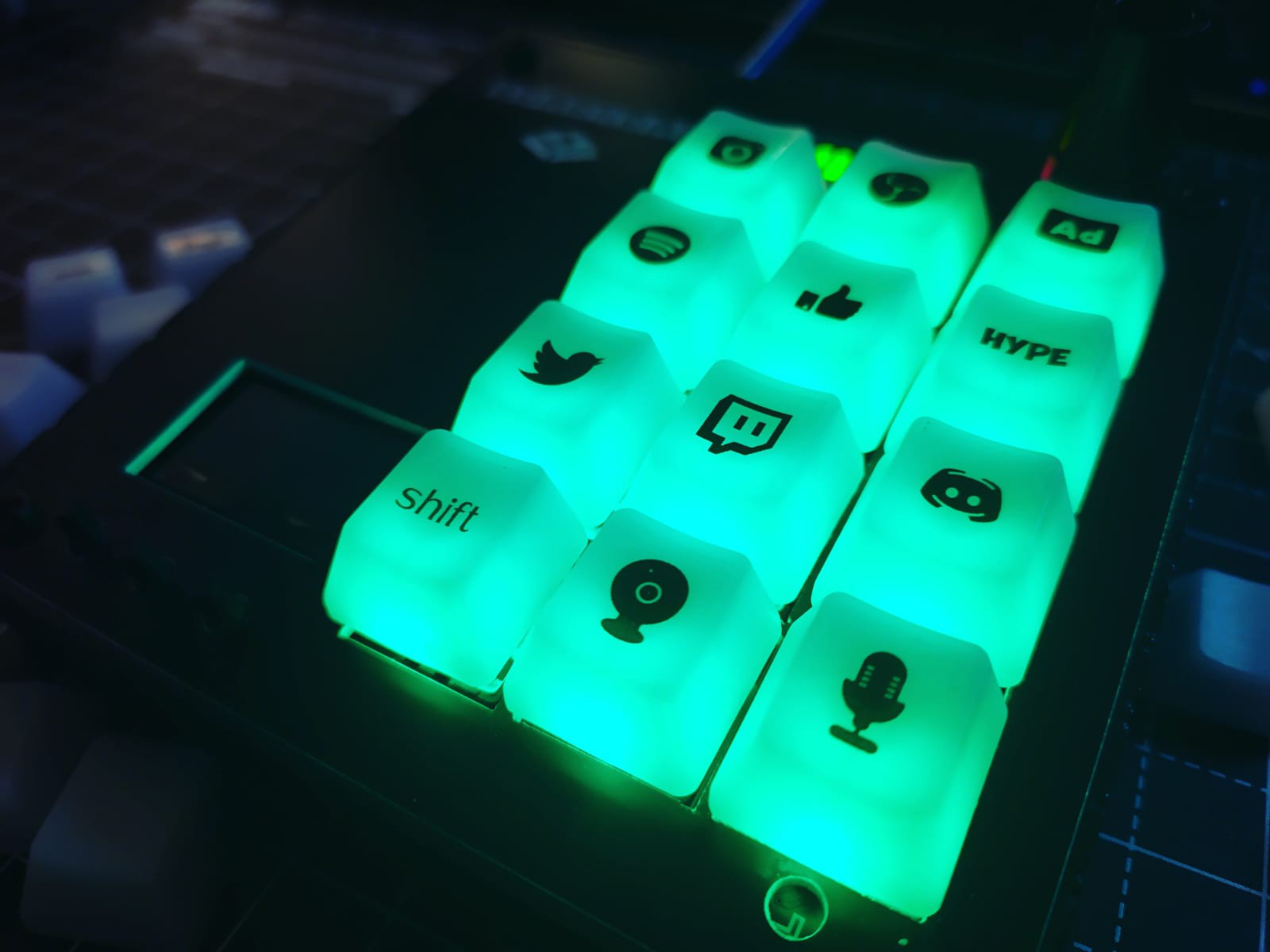
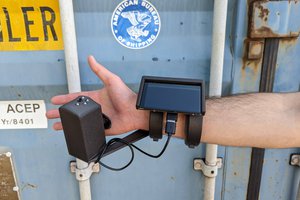
 atltvhead
atltvhead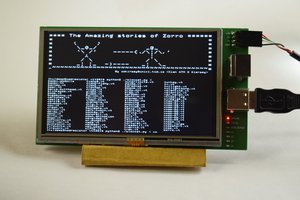
 Kuldeep Singh Dhaka
Kuldeep Singh Dhaka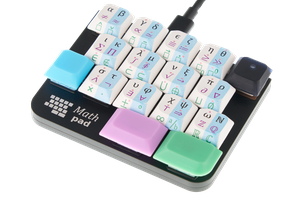
 Magne Lauritzen
Magne Lauritzen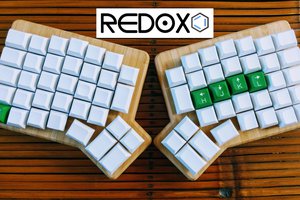
 Mattia Dal Ben
Mattia Dal Ben